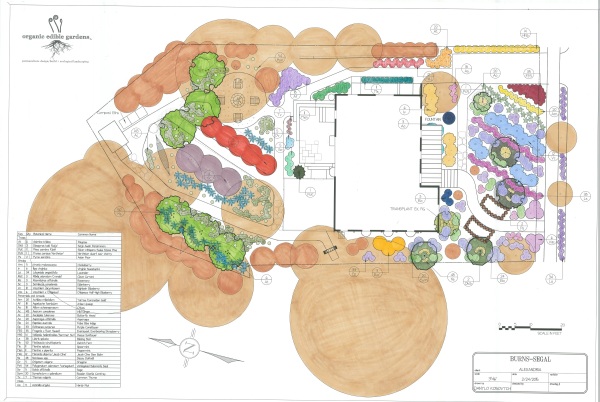Lots of Flowers and Food, No Lawn
For this design, the client was ready to part with their lawn. In place of it we designed a garden with lots of flowers and food. They have a south facing front yard which is an ideal location for food producing perennial plants and a vegetable garden. The north facing back yard with mature tree canopy is the ideal location for a patio, fire pit, hammock and shade loving plants. The woody plantings are laid out on contour with infiltration swales to catch rain water. The tree species include Asian Persimmon, Sour Cherry, Asian Pear and Pawpaw. The property has a total of 18 Blueberry plants as well as Currants, Elderberry and Aronia. Herbaceous plants include Strawberry, Asparagus, Culinary herbs, dynamic accumulators, nitrogen fixers and numerous beneficial insect attracting plants.

